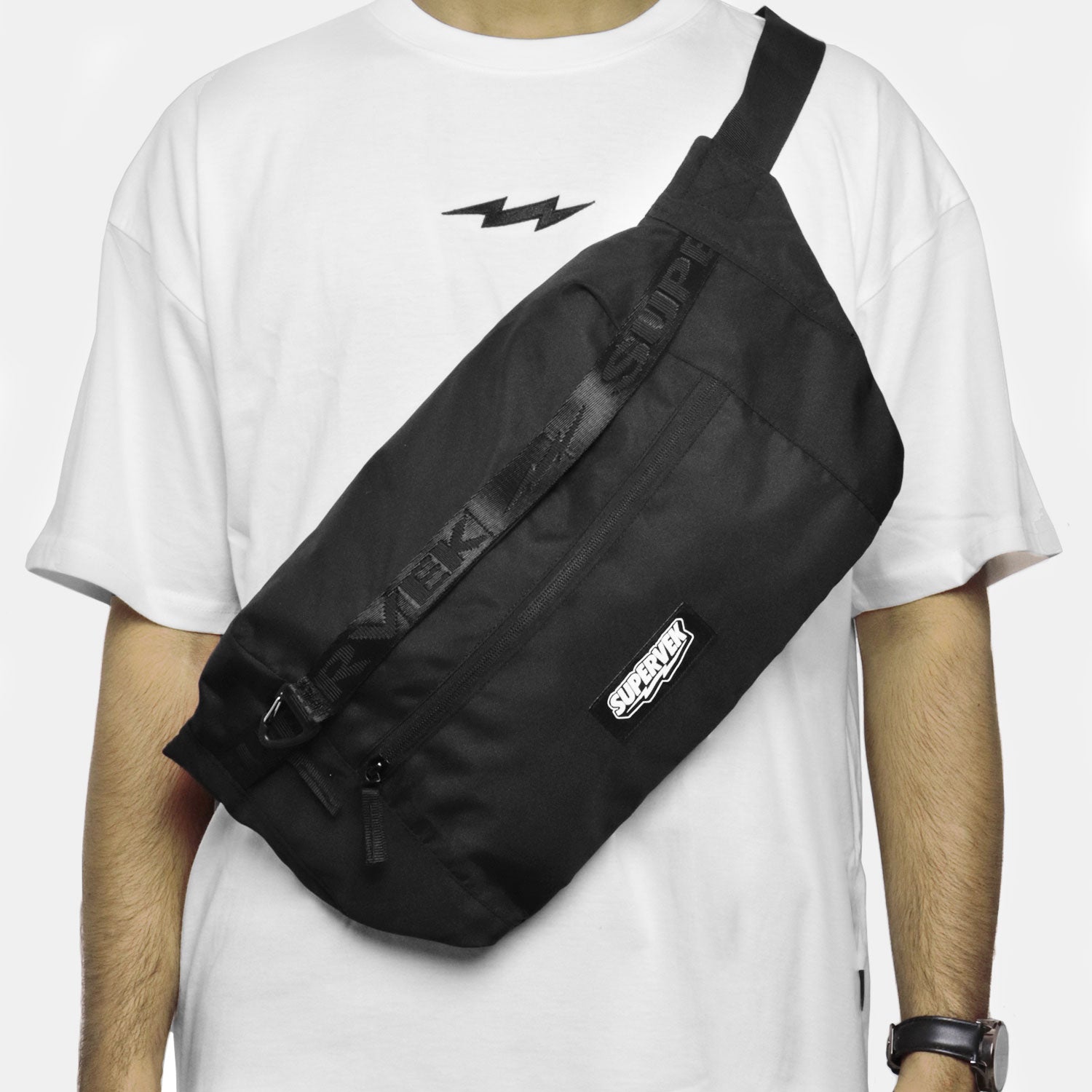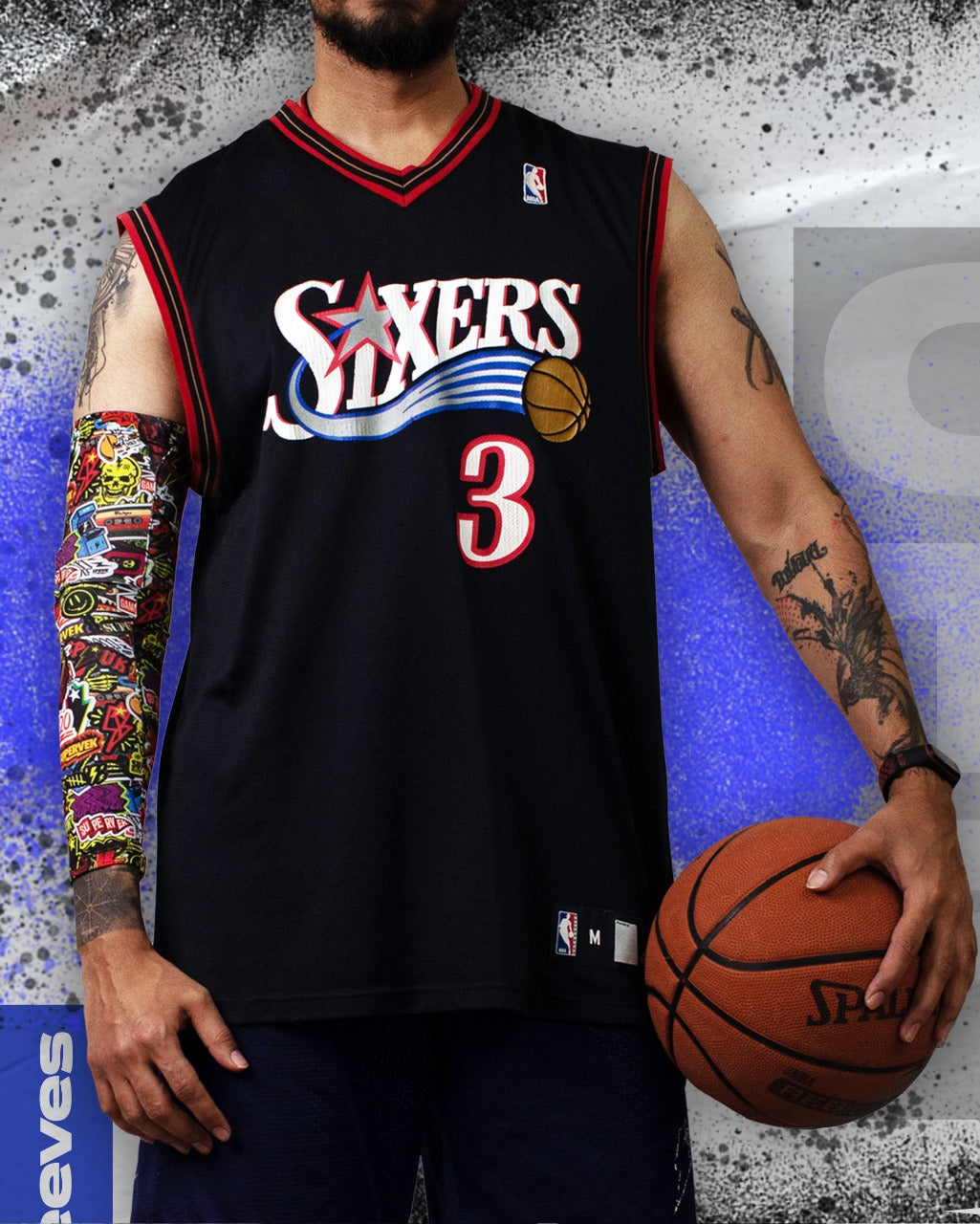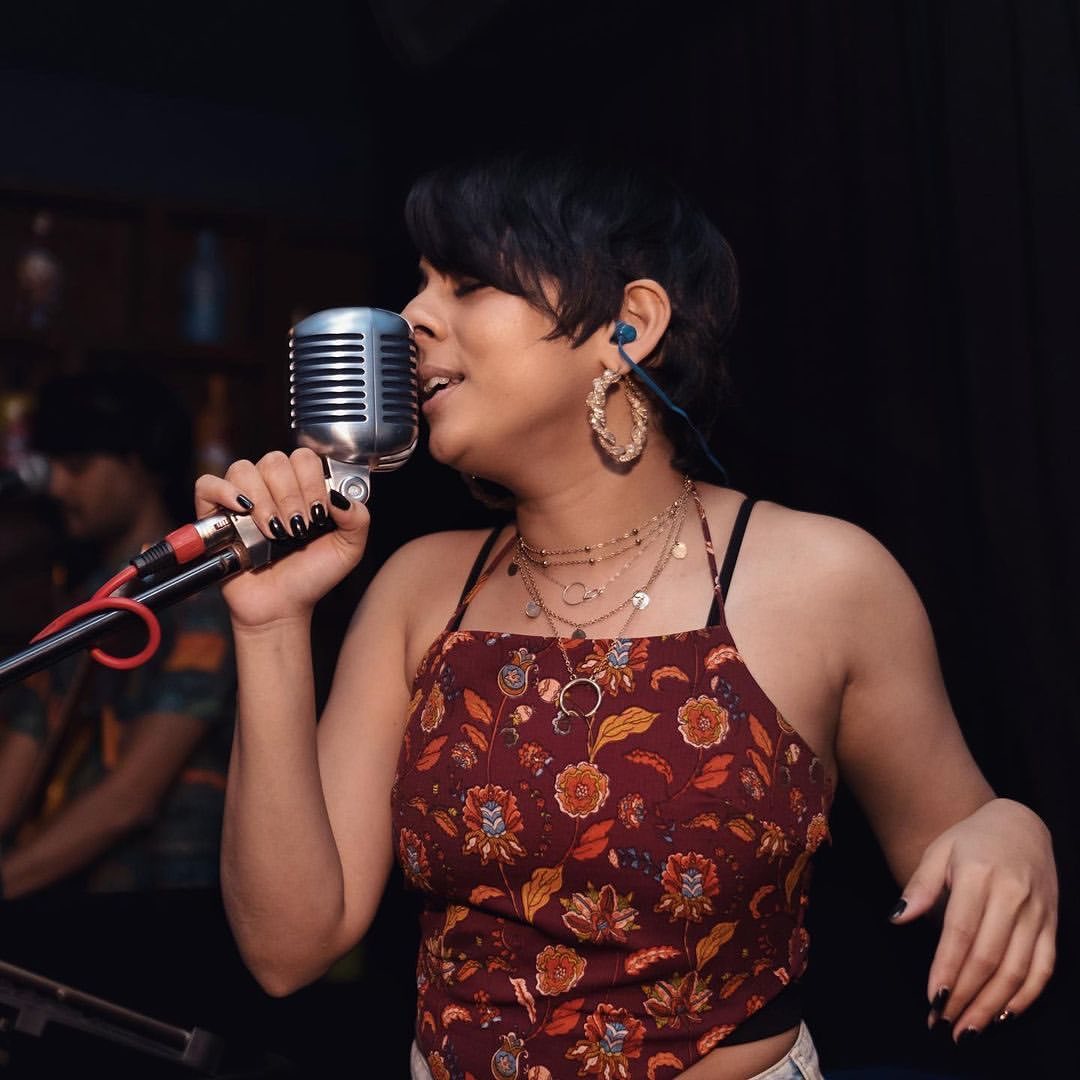Streetwear and its pioneering designers have taken center stage and are now influencing even the most exclusive names in luxury fashion. It is evident that the style scene is experiencing an unmistakable– and exciting – shift. Streetwear has become the fashion aesthetic of the decade. What started as an extension of skate and hip-hop culture is now the highlight of every other fashion runway. Who’d have thought we’d see Jordans on the Dior runway?
What is streetwear?
In simple words, streetwear is casual clothes: T-shirts, hoodies, bags, headwear and sneakers that are also fashionable. On its surface, the definition of streetwear is deceptively simple.The fashion industry defines streetwear as fashionable, casual clothing worn by followers of popular culture. The majority of these followers live in urban areas. are under 30, and belong to a subculture community, such as skateboarders, graffiti artists or hip-hop music fans. Clearly, this superficial definition underplays a movement that has single-handedly subverted the traditional fashion system by redefining its main component: exclusivity.
Long Before the term 'streetwear' made an appearance in our everyday lingo, the movement was already flourishing. It was a long way from being mainstream, but it thrived and grew through small exchanges in downtown LA and New York. In the 1970s and early 80s, initiation to the streetwear aficionado club might have come easily - by way of a simple nod from a passerby spotting your drip and you spotting theirs. Uptown and in high society, there were similar exchanges occurring — except the buy-in was the most expensive of luxury handbags.
During the 2010s, streetwear got lifted from the streets and taken to the runway. Givenchy’s AW11 “Rottweiler” tees and Balenciaga’s AW12 “Join a Weird Trip” sweatshirts saw signature streetwear silhouettes dominate high-end collections. In 2017, Kim Jones, the then-artistic director of Louis Vuitton, even reached out to Supreme for a collaboration. It lead to utter hysteria, with the Supreme x Louis Vuitton Malle Courrier 90 Trunk fetching an jaw-dropping $104,218 at a Paris auction.
This move set the stage for streetwear and luxury fashion’s cross-pollination into the mainstream. In 2018, Virgil Abloh took over from Jones as Art Director of Louis Vuitton. Having helmed the streetwear label Off-White for the previous six years, his first show at LV was filled with utilitarian jackets, boiler suits and cross body bags. This in turn set the tone for the explosion of graphic hoodies on fashion week catwalks and the rise of high-end streetwear labels such as Heron Preston, A‑COLD-WALL* and Fear of God.
With the onset of the new decade, streetwear has become one of the fastest-growing and most powerful areas of the fashion industry. According to Business of Fashion, the global streetwear industry was worth an estimated $309 billion dollars in 2017. In a survey by Hypebeast, 45% of consumers surveyed say they purchase an item of streetwear clothing at least once a month, and 62% said they think streetwear products are always in style.
What is considered luxury fashion?
At its core, luxury fashion is as a complex social practice in which challenges to reform appearances is used as a strategy of refusal or simply disinterest in the dominant culture that surrounds any given time period. This definition of luxury fashion itself hints towards why streetwear has become the new luxury.
“Streetwear is deliberately ‘hard-to-get’ in order to create scarcity and exclusivity and this is where luxury also lives, so there’s a natural fit.” Conran Design Group chief executive Thom Newton said.
By broadening into the streetwear market, luxury brands are able to remain relevant to a growing, younger market of buyers.”
Evidence of the huge global success of Louis Vuitton’s collaboration with Supreme was seen in a 2017 trading update from the former’s parent company LVMH, when it reported a 21 per cent year-on-year revenue growth for “fashion and leather goods”.
In addition, pop culture icons such as Madonna, Lady Gaga and Justin Bieber were all spotted wearing Louis Vuitton and Supreme’s pieces, which inevitably drove further sales for the collaboration.
Streetwear vs. Luxury Fashion
Both traditional luxury fashion and streetwear depend on their positions as cultural status symbols in order to drive demand. However, as the Streetwear Impact Report reveals, new factors like casual clothing and community have been integral to establishing streetwear’s dominance.
According to “Now today, the people who shop at Chanel on Rodeo Drive feel just as validated in an Off-White long sleeve. There’s no more division between luxury and streetwear.”
How Streetwear infiltrated luxury fashion?
In the past, designers and trend forecasters dictated what trends made it to the runway, buyers determined what styles made it in-store, and magazine editors told consumers what they should and shouldn't buy during the upcoming season. But now, through streetwear has taken a whole new approach. In the direct-to-people model followed by most streetwear brands, it's the buyers themselves who are driving trends.
The casualization of fashion led to the adoption of streetwear and streetwear codes by luxury fashion brands including the likes of Dior, Givenchy, Balenciaga and many more. Even the art world got involved, with brands partnering with KAWS, Takashi Murakami and other in-demand contemporary artists.
Another major force driving the streetwear movement and pushing it forward is the authenticity behind it. Most patrons of streetwear don’t have hundreds or thousands of dollars to spend on luxury brands. Instead, they improvise with their creativity and authenticity which is what keeps streetwear evolving and ever-exciting. For instance, we all understand that t-shirts are comfortable but when styled with artistic colors and patterns, it becomes more than just a comfortable tracksuit. It becomes a stylish and aesthetic tracksuit. That is streetwear at its core –authentic yet stylish.
Streetwear is also a hundred percent more practical.Gone are the days of wearing uncomfortable pieces of clothing to fit a certain idea of beauty or style. Modern streetwear is all about fluidity and freedom of expression.While traditional luxury fashion may try to fit you into tight corsets or uncomfortable heels, streetwear gives you t-shirts and sneakers. Thus, we see the birth of a new era in fashion- one that is gender-fluid, body-normative and made for all kinds of people.
While luxury brands have always gained inspiration from underground, subculture and streetwear style, for the first time, these designers and brands are getting a seat at the table. What used to be contained to the sidewalks of Soho, where dedicated fans and business-savvy resellers line up pre-dawn to get their hands on coveted new product drops, has seeped into not just mainstream fashion, but the highest echelons of it.
What is the hype about streetwear anyway?
Streetwear gave the fashion world something it didn’t know it was missing. It gave it a fresh take. Streetwear represented something new, something youthful, something very different from the regular everyday styles.
While the mainstream media touts the development of of various niche online subcultures and arcane gamer communities growing today, in reality, there seems to be a hesitation among the youth to adapt rather than a mass online awakening. Once screen addiction is no longer a choice, it becomes a lot easier to find the shortcomings of the online world. This phenomenon was further accelerated by the pandemic. Our time in lockdowns has permanently changed the way we perceive the "irl" and made us develop a taste for the surreal and the absurd. In other words, the gen-z / millenial urge to stand out has now become stronger than ever before.
Birth of a New Luxury
At its core, luxury fashion is as a complex social practice in which challenges to reform appearances is used as a strategy of refusal or simply disinterest in the dominant culture that surrounds any given time period. This definition of luxury fashion itself hints towards why streetwear has become the new luxury.
“New Luxury” isn’t just about what you wear, but also what you know. Creativity and commerce have merged with like-minded communities around the globe. “Selling out” has become a sign of real demand and has long ceased to be seen as detrimental to authenticity. More and more outsiders want to “buy in” to this growing movement.
In 2018, streetwear giant Highsnobiety surveyed thousands of people aged 16-34 globally and compared that data with a control group of similarly-aged consumers based in the US and UK. The insights from this study revealed that the idea that real life experiences could be reflected via clothing was increasingly gaining momentum among the early-adapters and fashion-conscious individuals.
With its freshness, authenticity, practicality and diverse culture, streetwear has evolved, found its way into luxury fashion and redefined it.





